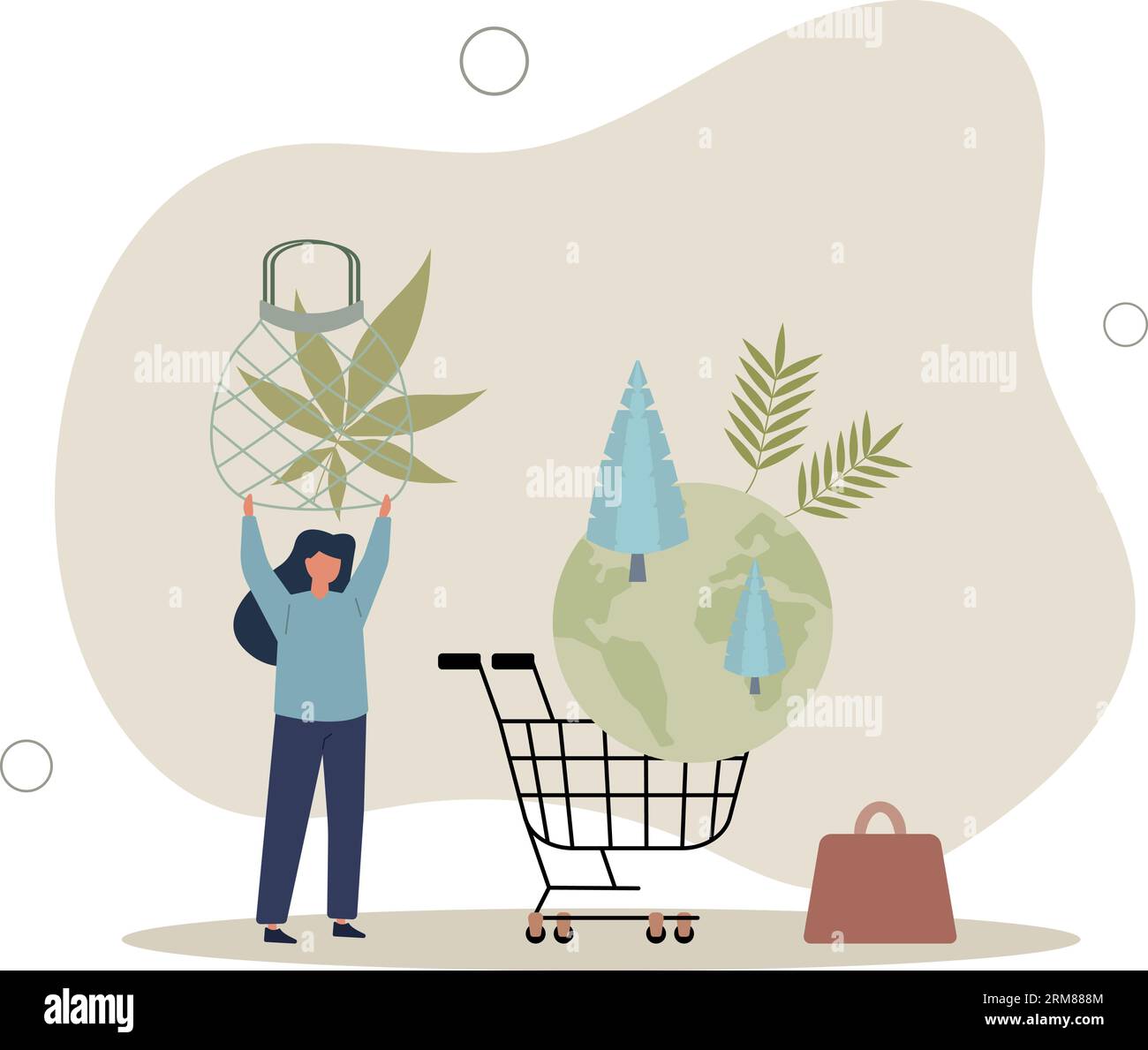The Rise Of Secondhand: A Golden Age For Sustainable Shopping?

Table of Contents
The Environmental Impact of Secondhand Shopping
The fashion industry is a significant contributor to environmental problems, with fast fashion leaving a massive carbon footprint. Secondhand shopping offers a compelling solution to mitigate this damage.
Reduced Textile Waste
The sheer volume of textile waste piling up in landfills is alarming. Mountains of discarded clothing contribute to pollution and resource depletion.
- Landfills overflowing: Textile waste takes an incredibly long time to decompose, leaching harmful chemicals into the soil and water.
- Significant carbon footprint: Producing new clothing requires vast amounts of energy, water, and raw materials, resulting in a substantial carbon footprint. The Ellen MacArthur Foundation estimates that the fashion industry is responsible for 10% of global carbon emissions.
- Reduced demand for new clothes: Every item purchased secondhand is one less item that needs to be manufactured, directly reducing the demand driving the fast fashion cycle.
Lower Carbon Footprint
Buying secondhand dramatically lowers the carbon emissions associated with the entire lifecycle of a garment.
- Manufacturing emissions reduced: The energy and resources required for manufacturing new clothing are completely avoided when you buy pre-owned.
- Transportation impact minimized: Shipping new clothes across the globe contributes significantly to carbon emissions. Secondhand purchases often involve shorter transportation distances, significantly reducing the carbon footprint.
- Resource extraction decreased: Secondhand shopping reduces the demand for raw materials like cotton, which requires vast amounts of water and pesticides to cultivate.
Conservation of Resources
The environmental benefits of secondhand shopping extend to the conservation of precious resources.
- Water conservation: Cotton farming is exceptionally water-intensive. Buying secondhand directly reduces the demand for new cotton production, saving millions of gallons of water.
- Energy savings: Manufacturing new clothing is energy-intensive. Secondhand shopping avoids this energy consumption, contributing to a lower overall energy footprint.
- Raw material conservation: From dyes and chemicals to fibers and fabrics, the production of new clothing relies on a significant amount of raw materials. Extending the life of existing garments reduces the need for new resource extraction.
The Economic Benefits of Secondhand Shopping
Beyond its environmental benefits, secondhand shopping offers significant economic advantages.
Affordability and Accessibility
Secondhand shopping makes sustainable choices more accessible to a wider range of consumers.
- Cost savings: Secondhand items are typically significantly cheaper than their brand-new counterparts, allowing consumers to save money.
- Accessibility across income levels: Secondhand shopping democratizes access to quality goods, making sustainable choices possible for individuals with varying budgets.
- Luxury on a budget: High-demand or luxury items can be found at significantly reduced prices in the secondhand market.
Supporting Local Economies
The secondhand market actively supports local communities and small businesses.
- Online marketplaces and independent sellers: Platforms like eBay, Etsy, and Depop empower independent sellers, boosting local economies.
- Economic benefits for individuals: Selling pre-owned items provides an additional income stream for individuals.
- Local initiatives: Many communities are establishing initiatives and physical stores dedicated to promoting secondhand shopping.
The Circular Economy
Secondhand shopping is a cornerstone of the circular economy model, promoting resource efficiency and waste reduction.
- Circular economy model: The circular economy focuses on keeping products and materials in use for as long as possible, reducing waste and maximizing resource utilization.
- Positive feedback loop: The secondhand market creates a positive feedback loop, where consumers buy pre-owned items and then resell them later, extending their lifecycle.
- Long-term economic sustainability: The circular economy model offers a path towards long-term economic and environmental sustainability.
Challenges and Considerations of Secondhand Shopping
While the advantages are significant, it's important to acknowledge some challenges associated with secondhand shopping.
Quality Control and Condition
Assessing the condition of secondhand items requires careful attention.
- Inspecting goods thoroughly: Careful inspection is crucial to identify any flaws or damage before purchasing.
- Reputable sellers and platforms: Choosing reputable sellers and platforms minimizes the risk of receiving damaged or misrepresented items.
- Identifying potential issues: Understanding potential wear and tear, signs of damage, and manufacturing defects is essential.
Sourcing and Ethical Considerations
Ethical sourcing and responsible consumption are paramount in the secondhand market.
- Fair labor practices: It's essential to ensure that the original production of the garment adhered to fair labor practices.
- Potential for supporting unethical practices indirectly: Without proper diligence, one might inadvertently support unethical practices by purchasing items from brands with questionable histories.
- Identifying ethically sourced goods: Look for secondhand items from brands known for their ethical and sustainable practices.
Accessibility and Inclusivity
Addressing barriers to access is crucial for ensuring the secondhand market is truly inclusive.
- Geographic limitations: Access to secondhand shops and online marketplaces can be limited depending on location.
- Digital literacy requirements: Online secondhand shopping requires digital literacy, excluding individuals without sufficient internet access or digital skills.
- Promoting accessibility: Initiatives aimed at bridging these accessibility gaps are essential to ensuring inclusivity in the secondhand market.
Conclusion
The rise of secondhand shopping presents a significant opportunity to create a more sustainable and equitable future. The environmental benefits – reduced waste, lower carbon emissions, and resource conservation – are undeniable. Furthermore, secondhand shopping offers significant economic advantages, supporting local economies and providing affordable access to goods. While challenges related to quality control, ethical sourcing, and accessibility need addressing, the overall benefits of embracing secondhand shopping far outweigh the drawbacks. Join the secondhand revolution and discover the joys of sustainable shopping! Explore your local thrift stores, online marketplaces, and consignment shops – make a difference with your secondhand choices, and contribute to a more sustainable future. Embrace the power of sustainable shopping and secondhand options today!

Featured Posts
-
 Shes The Reverse Engineer Ali Larter On Angelas Evolution In Season 2 Of Show Name
May 13, 2025
Shes The Reverse Engineer Ali Larter On Angelas Evolution In Season 2 Of Show Name
May 13, 2025 -
 Sabalenka Triumphs Over Pegula At Miami Open
May 13, 2025
Sabalenka Triumphs Over Pegula At Miami Open
May 13, 2025 -
 Kean Jadi Pahlawan Fiorentina Menang Tipis Atas Atalanta
May 13, 2025
Kean Jadi Pahlawan Fiorentina Menang Tipis Atas Atalanta
May 13, 2025 -
 Efl Highlights The Must See Moments Of The League
May 13, 2025
Efl Highlights The Must See Moments Of The League
May 13, 2025 -
 Angela Swartz A Biography
May 13, 2025
Angela Swartz A Biography
May 13, 2025
Latest Posts
-
 Eurovision 2024 Strong Swiss Franc Impacts Fan Budgets
May 14, 2025
Eurovision 2024 Strong Swiss Franc Impacts Fan Budgets
May 14, 2025 -
 Eurovision Fans Feel The Pinch Swiss Franc Surge Dampens Festival Spirit
May 14, 2025
Eurovision Fans Feel The Pinch Swiss Franc Surge Dampens Festival Spirit
May 14, 2025 -
 Data Ta Mistse Provedennya Yevrobachennya 2024 Spisok Uchasnikiv Ta Ukrayinskiy Kandidat
May 14, 2025
Data Ta Mistse Provedennya Yevrobachennya 2024 Spisok Uchasnikiv Ta Ukrayinskiy Kandidat
May 14, 2025 -
 Yevrobachennya 2024 Vse Pro Uchasnikiv Translyatsiyu Ta Ukrayinskogo Predstavnika
May 14, 2025
Yevrobachennya 2024 Vse Pro Uchasnikiv Translyatsiyu Ta Ukrayinskogo Predstavnika
May 14, 2025 -
 Khto Predstavit Ukrayinu Na Yevrobachenni 2024 Data Mistse Provedennya Ta Uchasniki
May 14, 2025
Khto Predstavit Ukrayinu Na Yevrobachenni 2024 Data Mistse Provedennya Ta Uchasniki
May 14, 2025
